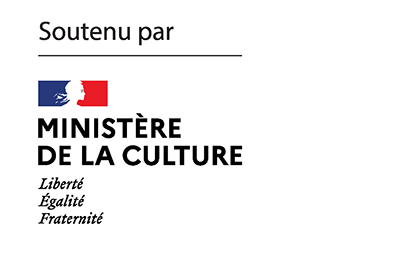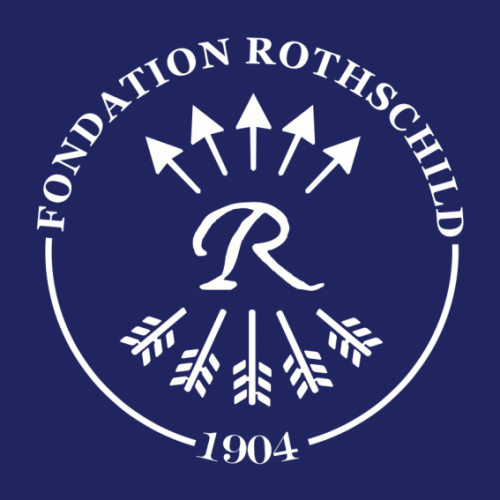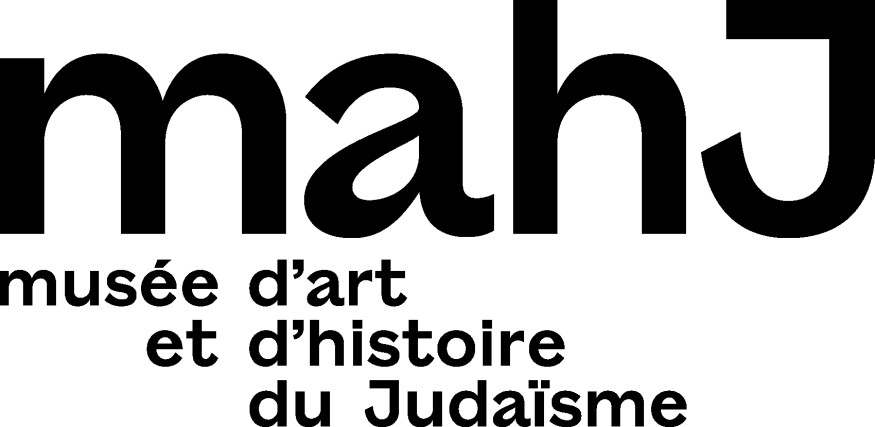After the Shoah, 30,000 Jews remained in Germany. Depending on the method of calculation that we use, their number today is between 118,000 and 275,000[1]. More than 200,000 Russian-speaking Jews, who have arrived since the beginning of the 1990s, account for the difference. It all began in the GDR, in the last year of its existence, when rumors of pogroms in Russia were circulating. The country wanted to prove that it had changed – both with regard to its Nazi past and its past under Soviet tutelage – and to appear as the country that would come to the aid of the Jews without hesitation. After the integration of the GDR into the FRG, this desire, coupled with the impulse to repentance that was one of the driving forces behind it, would animate the whole of reunified Germany. However, it soon came up against a complex reality: who among these Soviet Jews who arrived was really Jewish? What does being Jewish mean to them and to the German Jewish communities? Furthermore, what is a Jew for the Germans who claim to want to “welcome” them, but without renouncing what they think is “a good Jew”? Lisa Vapné retraces the steps of this Russian-speaking Jewish immigration and comes back on all the legal, political and above all symbolic stakes that it represented.
Many young Israelis have settled in Germany, and more precisely in Berlin, in recent years. Some are just passing through, but others are part of the youth, important though difficult to quantify, who paradoxically seem to want to return to the diaspora from Israel… Thus Oren, this Israeli student met by David Haziza during a study trip to the heart of Central Europe, in Moravia, who affirms that he knows he will leave his native country, and if not him, his children. There is something ironic in the way he explains this fate: he is Israeli “to the bone” and yet he feels the day is coming when he will no longer belong there. Of course, the political atmosphere of the last few years, which the recent elections have sanctioned, has something to do with this desire to leave, but in David Haziza’s text, an attachment that also secretes a need to flee seems to come from further back…
Regularly, Anshel Pfeffer – thanks to the journal Sapir, which allows us to translate his “postcards” – gives us news of those corners of the world where the Jewish presence often seems anachronistic: rarely totally fixed, sometimes in the process of reinventing itself[2]. The Israeli journalist looks at the diaspora and wonders about this other to whom he feels close, as well as about himself (Anshel Pfeffer is Israeli but of British origin…). This week, he sent us some images from Morocco. The Jewish community there now ranges only between 1,500 and 2,000 members who are quietly aging without renewing themselves, bathed in a mixture of kitsch, nostalgia and ghostly presence. The government is trying to preserve and open synagogue-museums (there are already about 200 of them), but they are synagogues where nobody prays. Fortunately, there are tourists…
Notes
| 1 | “Taking into account the slowness of new immigrants to join the organized community and the choice of some Jews not to join, we have estimated the core Jewish population in Germany at 118,000, which are part of a larger population, resulting from the Law of Return, estimated at 275,000.” Sergio della Pergola, Jews in Europe at the turn of the Millennium, Jewish Policy Research Institute JPR, London, November 2020, p.30. |
| 2 | Pfeffer took us on a tour of the small town of Canvey Island, an hour from London, and its ultra-Orthodox community (see in K., # 83, 20/10/22); he also went to Ukraine and wondered if Jews still had a future there (K., # 67, 30/ 06/ 2022) |






